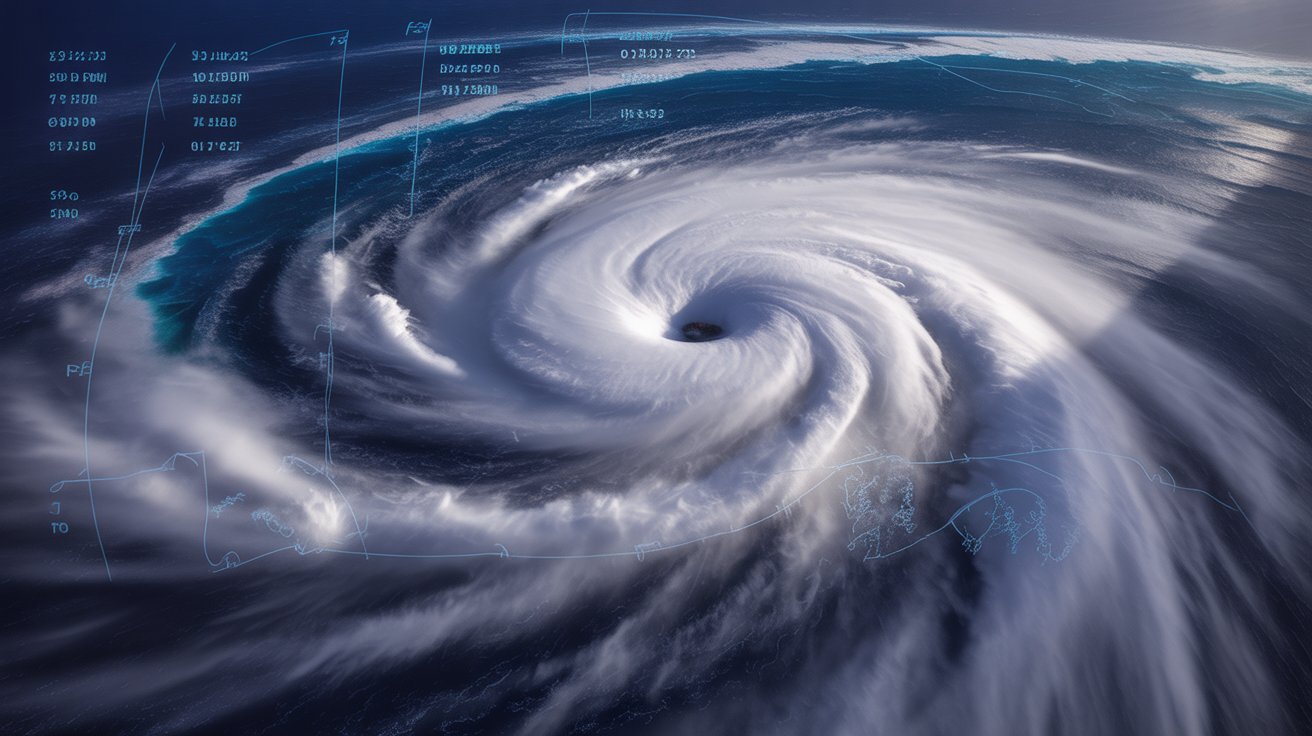Introduction
As Erin passes the northeast Caribbean, she is rapidly strengthening. With winds at 160 mph, this major storm has today become a Category 5. According to the forecasting by the National Hurricane Center, Erin will cause horrible weather conditions such as heavy rains, strong winds and high waves in a large part of the country.
It is currently north of the Leeward Islands and people are keeping. A close eye on it as it gradually drifts north across the Atlantic Ocean.
In Explosive Strengthening, Erin, our protagonist, undergoes a personal battle with this scenario.This is the scenario which Erin, our protagonist, experiences in Explosive Strengthening.
Erin has risen to power in a manner that has been described as uncommon and destructive. The hurricane rose from a 75 mph tropical storm on Friday morning to a 160 mph monstrosity by Saturday, within only twenty-four hours.
This dramatic increase of 85 mph in such a short span of time fits the description of quick intensification. The storm prediction points to more reinforcement as Erin keeps gathering energy from exceptionally warm seas. While fluctuations in intensity are anticipated over the weekend.
by the middle of next week the storm is expected to grow in volume by double or even three times. Increasing ocean dangers throughout the western Atlantic.
Proximity to the Caribbean Islands.
At the end of the morning of Saturday. Erin was some 105 miles north of Anguilla. Just north of the Leeward Islands, the Virgin Islands, and Puerto Rico, the hurricane is moving.
Even though direct hit on such islands is not regarded as probable. Tropical storm warnings have been issued on some of the areas in the Caribbean.
As the storm approached, such warnings were strengthened by the dangers of heavy rain. Flooding, and beach impacts. As the danger of such affection was stressed, the National Hurricane Center reported that. A heavy surf and rip currents might also be a cause of danger to the lives of the concerned areas.
Effects on the U.S. Coast and the Atlantic
Weather projections show that Erin will move north across the western Atlantic in the coming week. It will also not hit on the United States and Bermuda.
Those areas have been put at risk, however, by the possibility that the storm might alter its path, warning meteorologists. Due to a steady forecast, the hurricane will result in life-threatening surf and rip currents along the coasts of Bahamas, the majority of the U.S. East coast, and Atlantic Canada. This brings out the scale of expansion of a big Category 5 system to impact areas well outside it.
Cautions and Precautionary Approaches
Closures have been requested by the U.S. Coast Guard captain for the port of San Juan for the ports of St. Thomas and St. John in the U.S.
Virgin Islands together with six seaports spanning Puerto Rico.Unless explicitly permitted, inbound vessel traffic has been frozen.These preventative measures were put in place to lower possible hazards to transportation and shipping as Erin approaches.
In the meantime, the neighbouring islands are already being affected by rough seas, strong winds and torrential rain.Local downpours can produce up to six inches creating the potential of mudslides and flash floods.
Erin’s power comes from warmer waters.
Erin’s quick development has mostly been driven by the notably high ocean surface temperatures throughout the area.Though not quite at the record-breaking levels observed in 2023 and 2024, they are yet far above past norms.
Warmer waters offer the ideal conditions for a storm like Erin to intensify fast. Global warming and its effects on the seas cause such explosive intensification events to be more frequent, according researchers.Nine storms,
including Hurricane Helene and Hurricane Milton, went through comparable fast strengthening only in 2024.
First significant hurricane of the year
Erin signifies the first major hurricane of the Atlantic season, whereas the earlier four systems—Andrea, Barry, Chantal, and Dexter—were merely tropical storms pical storm level.Erin’s quick flight into a Category 5 storm highlights the unpredictability
and severity of storms developing over the current Atlantic basin.it also emphasizes the need of fast precautionary steps for coastal communities as well as exact storm prediction models.
Conclusion
Although no direct landfall is anticipated, the rapid escalation of Hurricane Erin to a Category 5 hurricane has been termed as catastrophic with major threats to the northeastern islands of the Caribbean. the storm forecast has shown that there are still dangerous waves, flash flooding, and mudslides that are quite likely to occur around the Atlantic, the Bahamas, and Canada.
The hurricane is already a historic as Erin travels north; the close observation is paramount.The hurricane is already a historic one that the first major storm of the season and it warns of the destructive nature of warmer ocean waters with speedy intensification.
Read Also https: Trump Ukraine Putin Preference Alaska
